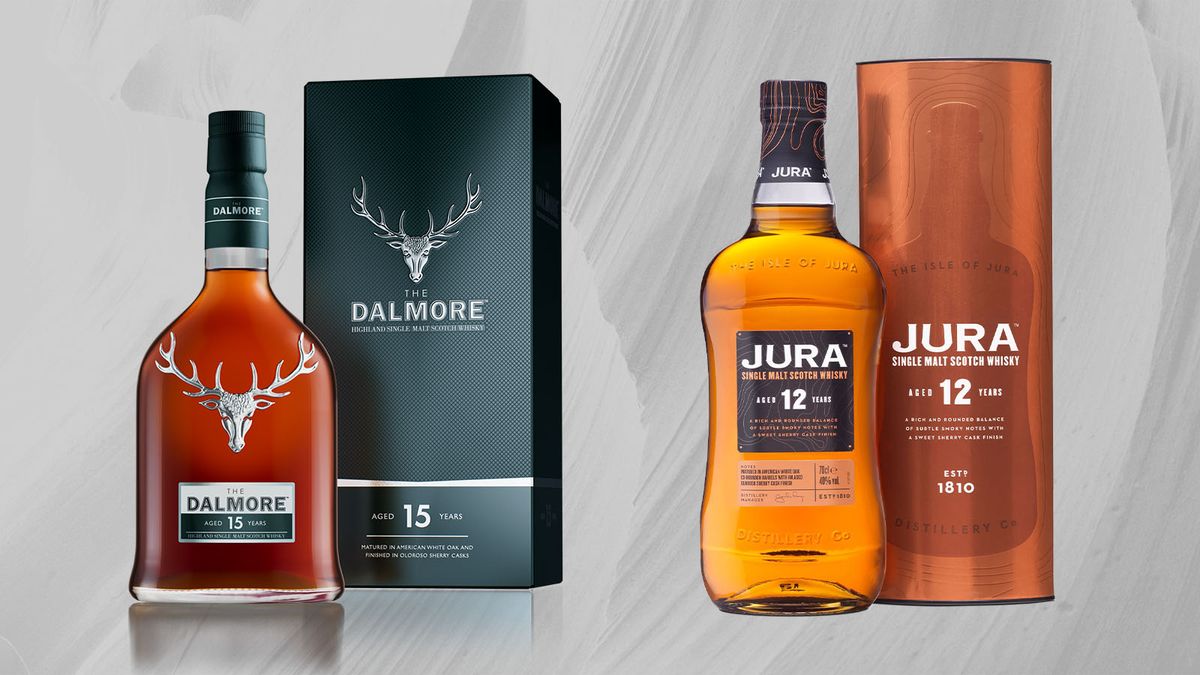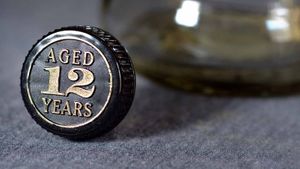As the largest whisky consuming market in the world, India is yet to make a big step quality driven whisky and single malts. It is a big market waiting to be tapped into, while some of the biggest players in premium whisky and single malts have already made inroads, the latest to vie for the Indian pie is UK-based Whyte & Mackay. “India’s single malt whisky market presents an exhilarating opportunity for Whyte & Mackay, as we anticipate its growth from $0.21bn in 2022 to $0.48bn in 2027. Over the next five years, India is forecast to deliver the 3rd highest level of absolute retail sales value in single malt whisky growth over the coming five years, just marginally behind China (+$318.8bn) and USA (+$288.8) at a growth of +$273bn and more than double the next market (South Korea). This is bolstered by India’s youthful population, perfectly aligning with the trend of younger consumers gravitating towards single malt. At Whyte & Mackay, we are committed to capitalising on this exciting market, catering to the evolving preferences of Indian consumers with our premium offerings,” said Mike Southgate, Director of Developing Markets at Whyte & Mackay.
Whyte & Mackay currently exports two single malts to India—Jura and The Dalmore—in association with importer and distributor partner, V-Bev. The former is known as much more than just a whisky. Jura, the home to the whisky is also an island community of 212 people who are closely associated with the distillery. The Dalmore, is known for its royal heritage, expertly composed spirit, exceptional cask curation, and dedication to crafting a masterpiece.

Southgate was in India recently and we caught up with him and Sumedh Singh Mandla, CEO, VBev to understand where they see the whisky boom in India is heading and their plans for Jura and The Dalmore to capitalise on the same.
Edited excerpts:
1. What would you credit for the resurgence in interest towards whisky in the last two years?
Mike: I wouldn't say there's been a resurgence in whisky, but it has been on an upward trajectory for the last 20 years. If you look back over that time frame there has been consistent growth. In fact, when you look at retail sales value for this last year, it's crossed $10.4 billion. There has been significant growth, year-on-year, particularly at the higher end, premium whiskies, they're over-indexing in growth, which is outstanding for us.
In India, there is a passion for whiskey. There's a deep love affair that has been on for a very long time. I think there's a real opportunity for single malts in India as it's a very small part of the segment. Blended whiskey still holds a significant portion of the whiskey, but the single malt whisky is now growing dramatically fast.
2. Why are the younger demographics the trend-driving segment in whisky and single malts?
Mike: I mean there are several trends going on in whisky and when it is about younger consumers, I think that they are an exciting set. Single malts are attracting younger, energetic, and exciting consumers in India. India's young population, particularly Gen-Z, who are of legal drinking age, are significantly higher when compared to USA and Europe. They are also more interested in single malt and want to know more about the provenance, authenticity and heritage of the whisky. They're looking for something special, unique and interesting. All of it plays a big role in driving the segment and it lends itself beautifully to what we want to achieve in India.
3. What are your plans for Jura and The Dalmore in India?
Sumedh: Currently, we have two expressions each for Jura and The Dalmore —Jura 10-Year-Old, Jura 12-Year-Old, The Dalmore 12-Year-Old and The Dalmore 15-Year-Old. We have recently introduced The Dalmore Port Wood Reserve and Jura 18-Year-Old in several states including Maharashtra. Over the next three months, these new expressions will be available in over 12 states.
Both brands started out strong in Indian travel retail and now are established in the consumer market as well. We are now taking Jura from tier-one cities to tier-two cities, the aim is to make it a little informal and more accessible for far-reaching audiences. With The Dalmore, we’re more judicious about which markets we can be in, we’re looking at the luxury segment. The idea, with The Dalmore, is to be in the most premium spaces, trade as well as offline outlets.

4. How are you going to tap into the younger demographic for Jura and The Dalmore?
Mike: We’re becoming part of the younger consumers’ repertoire now. These are no longer bucket list whiskies. We’re also creating collectible limited releases to keep these consumers engaged. The Dalmore is more refined and focused on luxury, we've coined the term ‘luxurians’ for this audience. But it is still a younger cohort who are relatively affluent and are looking for high quality, deep, heritage products. For example, The Dalmore’s The Luminary Series, where we have associated with V&A Dundee Design Museum in Scotland to create three limited-edition single malts created by pathbreakers from the worlds of whisky and architectural design. The first in the series has been designed by Japanese architect Kengo Kuma and is a visual delight. There is another The Dalmore Luminary whisky in the pipeline for next year.
Sumedh: For Jura, we’ve taken the cocktail route this year as part of the international campaign. Jura Sunset is the cocktail which is light and refreshing. It will also be a great way to attract newer audiences.
5. How would these whiskies pair with Indian food?
Mike: Both Jura and The Dalmore have the strength of character in the liquids to go with a variety of foods. The Dalmore is a robust spirit that ages well and becomes full and rich over time, and because it ages so well, it also goes quite well with rich foods even Indian foods. Jura is a comparatively lighter spirit, but the aging is brilliant with a fieriness that again lends itself incredibly to Indian food.




